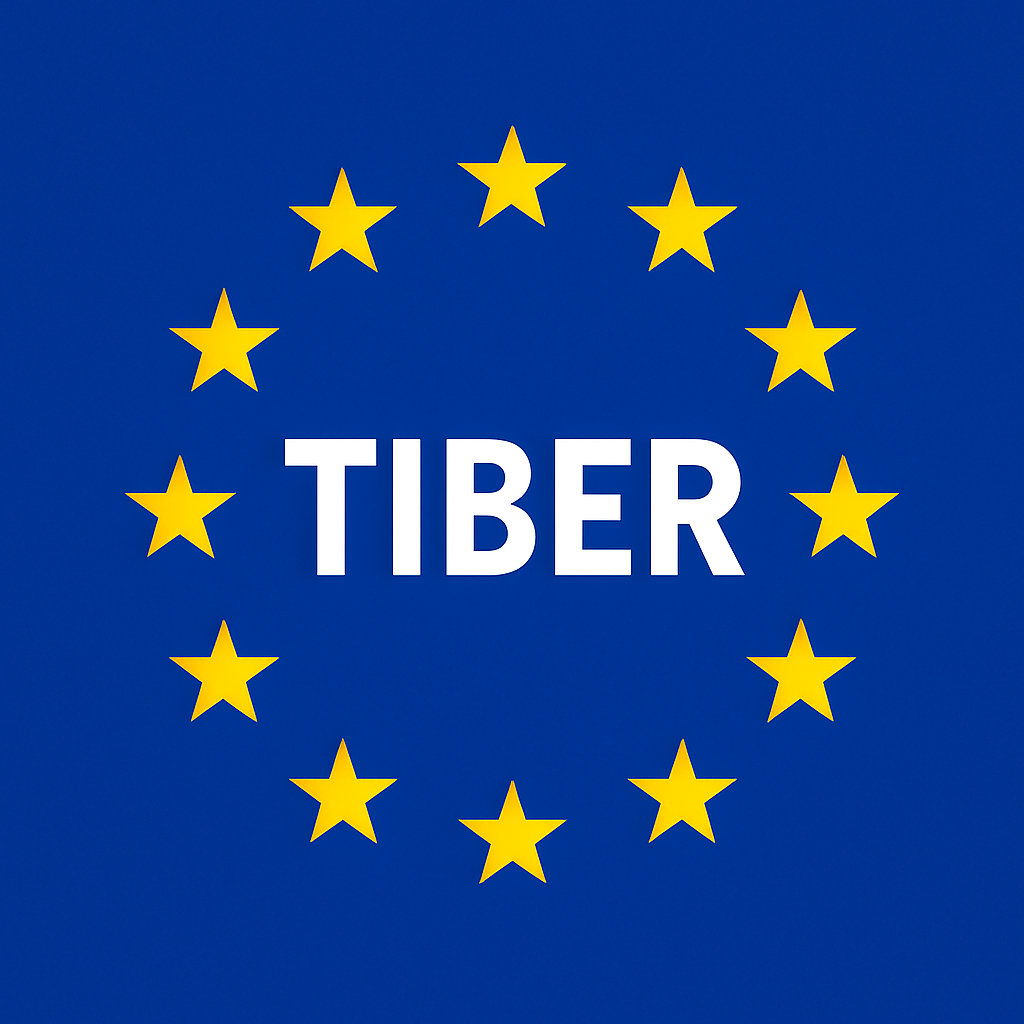Latest news
TIBER-BE Insights

The TIBER-EU framework is designed to help organisations improve their Cyber resiliency.
It has multiple stages: initiation (scoping, procurement, planning), threat intelligence, penetration testing (red teaming), purple teaming (attack replays, additional untested control tests, variances in attack methodologies working alongside the Blue team), and closure (reporting, remediation plans, attestation).
As a framework, TIBER can be used by any organisation, even though it was created for financial institutions. However, using the framework does not make your organisation compliant for the regulator or with DORA unless it is supported by an EU TIBER regulator team, and a TIBER test manager.
This information was presented and discussed at the NBB (National Bank of Belgium) TIBER-BE TLPT (Threat-Led Penetration Testing) launch event. The morning session was only for institutions who are, or will be undergoing a TIBER to inform of them of the framework. Prism Infosec were invited to the event as suppliers, and joined other suppliers and the institutions to mingle and attend relevant presentations.
The NBB TIBER-BE team discussed their implementation of TIBER and how it will align with DORA. At present additional guidance on the TLPT element of DORA is still pending (and has been since February), though is expected at some point in June, which should help clarify the TLPT phase, requirements and implementation in greater detail. Until that arrives, DORA compliant TLPT exercises cannot begin.
During the TLPT launch event there were a number of presentations. These included a keynote from the newly formed Belgian Cyber Force, a presentation on NIS2, the Belgian Cyber Fundamentals (CyFun) framework (looks like the UK’s Cyber Essentials) and was linked to the Belgian Centre for Cybersecurity who have a role similar to the UK’s NCSC and can support Belgian entities during cyber incidents.
We also had a presentation on how one multinational Belgian organisation had implemented their own internal red team, what they learned along the way and importantly, how they measured and showed to the board how the organisation’s maturity and capability to defend itself improved over time.
The panel discussion contained a number of useful insights, from a variety of c-suite level individuals, some of which had been through TIBER and others who were waiting to go through TIBER. They shared insights into how to plan for and prepare for engagements, suggesting organisations prepare by doing a small red team before their TIBER to understand the process. They recommended choosing scenarios where you will get key learnings and do as much preparation for contingencies (leg ups, backup accounts, information) as you can.
These presentations, panels, and even the quiz were all backed by networking discussions over food and softdrinks.
All in all, it was an insightful and useful event!